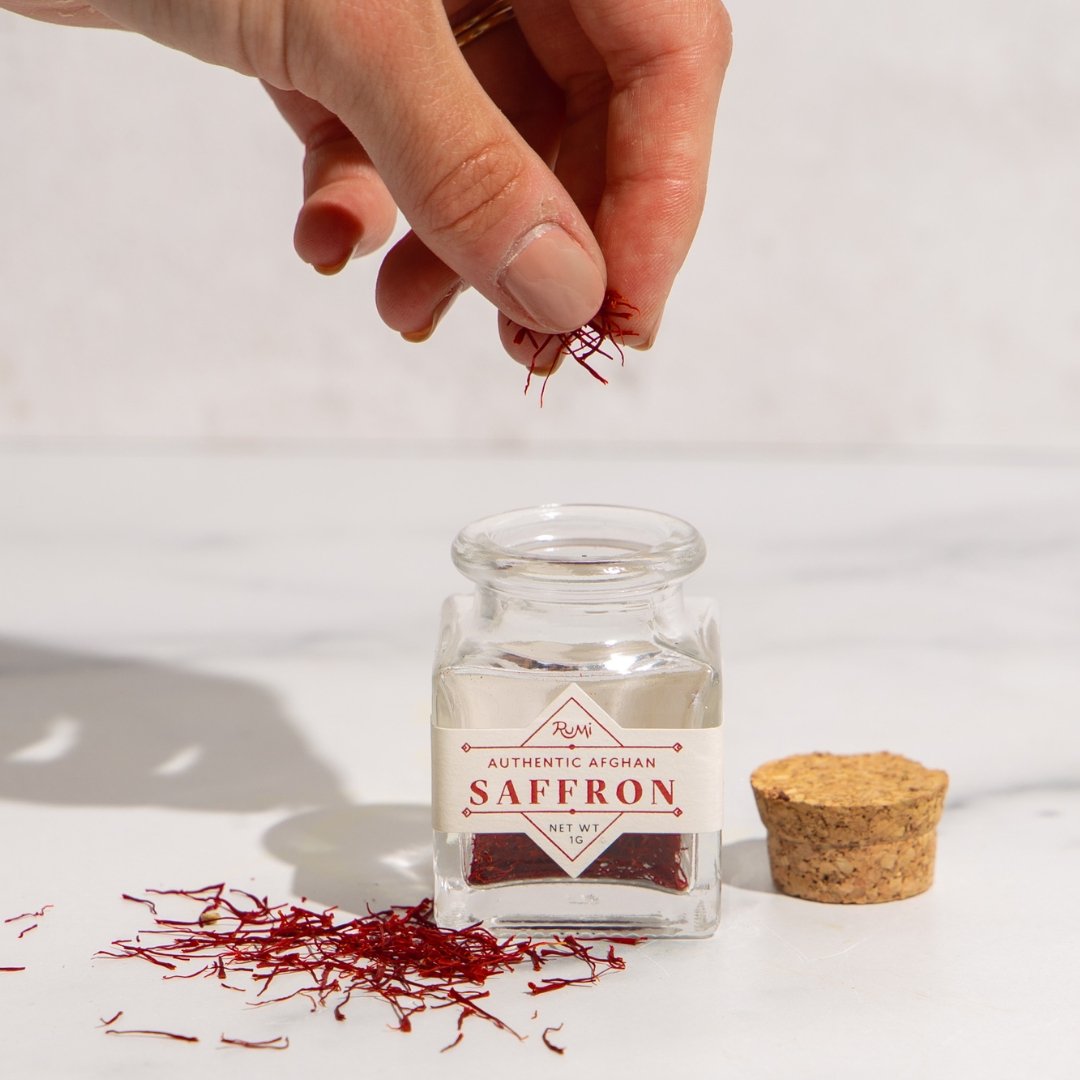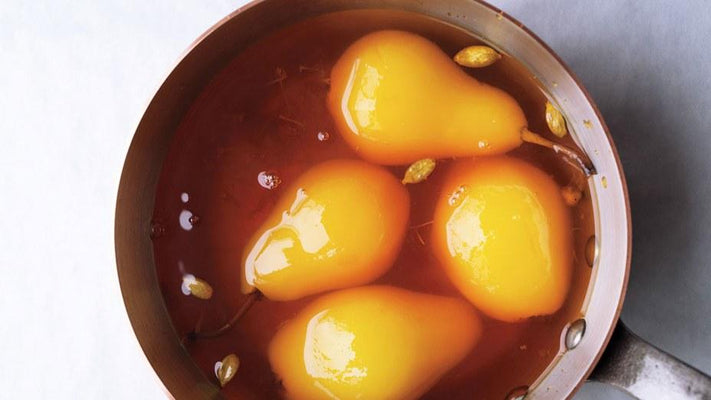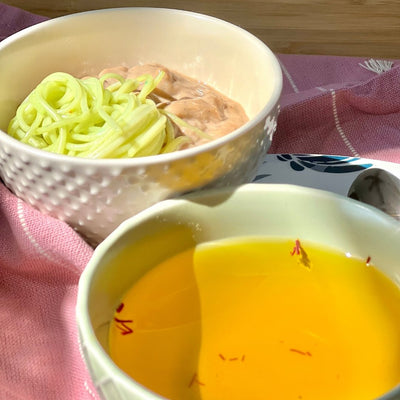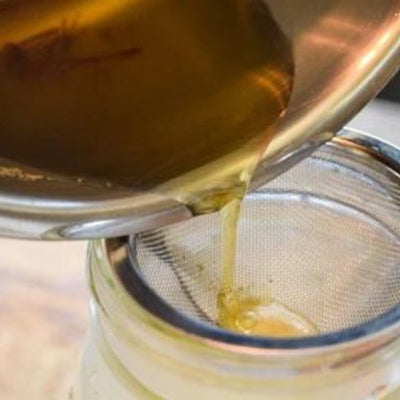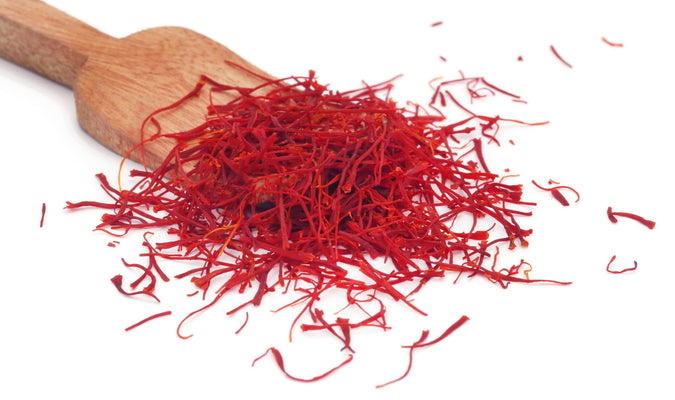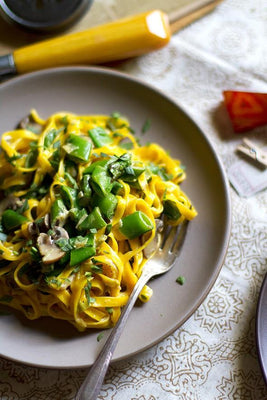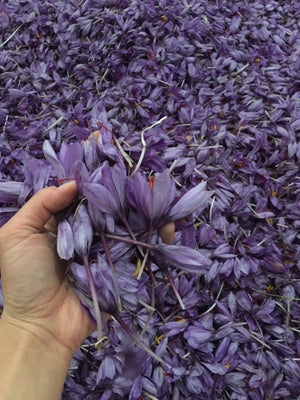Everything you need to know about saffron:
Because they are so delicate and rare, saffron threads are a mystery to many. Saffron is unlike all other spices in its thread-like form, deep red color, and rich, complex flavor profile. Because of this, we often receive many questions about saffron. Why is saffron so expensive? What does saffron taste like? How do I cook with saffron?
We’re here to answer all your burning questions about saffron and share a bit more about what makes our Afghan saffron so special and unique.
Have any questions you don’t see answered here? Message us @rumi_spice and we’ll be sure to add in your questions. Thanks for your interest in our favorite golden threads!
Why is saffron so expensive?
Saffron is considered the most expensive spice in the world due to its extremely laborious harvesting and cleaning process. Saffron is handpicked from the stigmas of the crocus flower and requires almost 175,000 flowers to create a single kilogram of this premium spice.
What does saffron taste like?
Saffron has a delicate, sweet, floral taste to it. It's earthy with a complex nuanced flavor. Saffron works especially well when paired with other mild flavors, allowing its complex rich flavor to shine through. Saffron works well in dishes that feature rice (such as paella, saffron rice or risotto), pasta (learn how to make your own saffron pasta here), delicate proteins (like seafood or chicken), and milk or cream-based dishes (like ice cream, cream sauces, or milk tea).
Is saffron spicy?
No. Although its bright red color may be deceiving, saffron is actually more sweet than spicy. Saffron is overall a very delicate spice and the flavor is not overpowering. It does, however, work well to bring out the herbaceous, rich, notes in other flavors. It adds a nuanced complexity to dishes without being overpowering. But no, saffron is not a spicy spice.
Looking for something spicy? Try our Harissa spice or Berbere spice!
How do I cook with saffron?
There are 2 main ways to cook with saffron threads, by blooming it or by grinding it up.
To bloom saffron, add a few tablespoons of warm (not boiling) water to a pinch of saffron threads in a small dish (a little saffron goes a long way - you only need to use a small pinch per recipe). Let the threads soak in water for at least 10 minutes and see a golden hue begin to emerge in the water. After the saffron is finished steeping, add the saffron liquid to whatever you're cooking with. This works well for dishes that are made with liquids like rice, risotto, paella, or soup.
Another way to bring out the full flavor profile of saffron is to carefully crush the threads with your fingers or a mortar and pestle to a powder-like consistency. We suggest this for non-liquid recipes or when baking.
Where does saffron come from?
Saffron is a spice derived from the stigmas of the flower, Crocus Sativus. Each stigma (or saffron thread) must be handpicked and sorted to then be dried and cleaned before it can be used as the saffron spice.
How can I tell if my saffron is good quality?
The first way to tell the quality of saffron is by its color and size. High-quality, fresh saffron threads will have a deep red color and the threads should be about 1 - 3.5 inches long. It’s best to avoid buying ground saffron, as it may have been mixed with lower-quality saffron or other spices of the same color.
Another way to test the quality of saffron is by steeping it in cold water. All kinds of saffron (even low-quality saffron) will release some color when dissolved in water, but pure saffron will release a golden hue more gradually, taking between 10-15 minutes to turn the water a deep yellow. You do not want your saffron to turn the water a red color or to release a bold color too quickly - that is likely due to adulterated saffron that has been dyed with fake coloring.
The differences in the taste profiles of real and fake saffron are quite pronounced. Fake, or poor-quality, saffron (which is often colored with red dye) will either lack flavor entirely or have a bitter, metallic taste. On the other hand, real saffron will have a strong floral scent from the moment you open the jar.
Since saffron is so rare and expensive, the fake stuff unfortunately often makes its way to the market. So when buying saffron, make sure you know where it’s coming from. And learn more about How to Measure and Recognize Saffron Quality here.
How long does saffron last? How do I keep it fresh?
Store your saffron in an airtight container in a cool, dark place. For maximum flavor, use your saffron within 6 months. Saffron will not spoil but it will lose its flavor with age.
What makes Rumi saffron different?
For the past 4 years, Afghan saffron has been rated number 1 in the world by the International Taste Institute. This is due in large part to the unique climate and terrain of Afghanistan, but also largely due to how Afghan saffron is harvested. All Afghan saffron is grown with no pesticides or fertilizers and hand-harvested and processed, with more than 20,000 families engaged in the process.
We know where each of our saffron threads comes from, helping to ensure it is never adulterated or mixed with a lower-quality product. And, with each purchase of Afghan saffron you make we are able to grow our operations, employing more women and helping to create a more stable economy.

